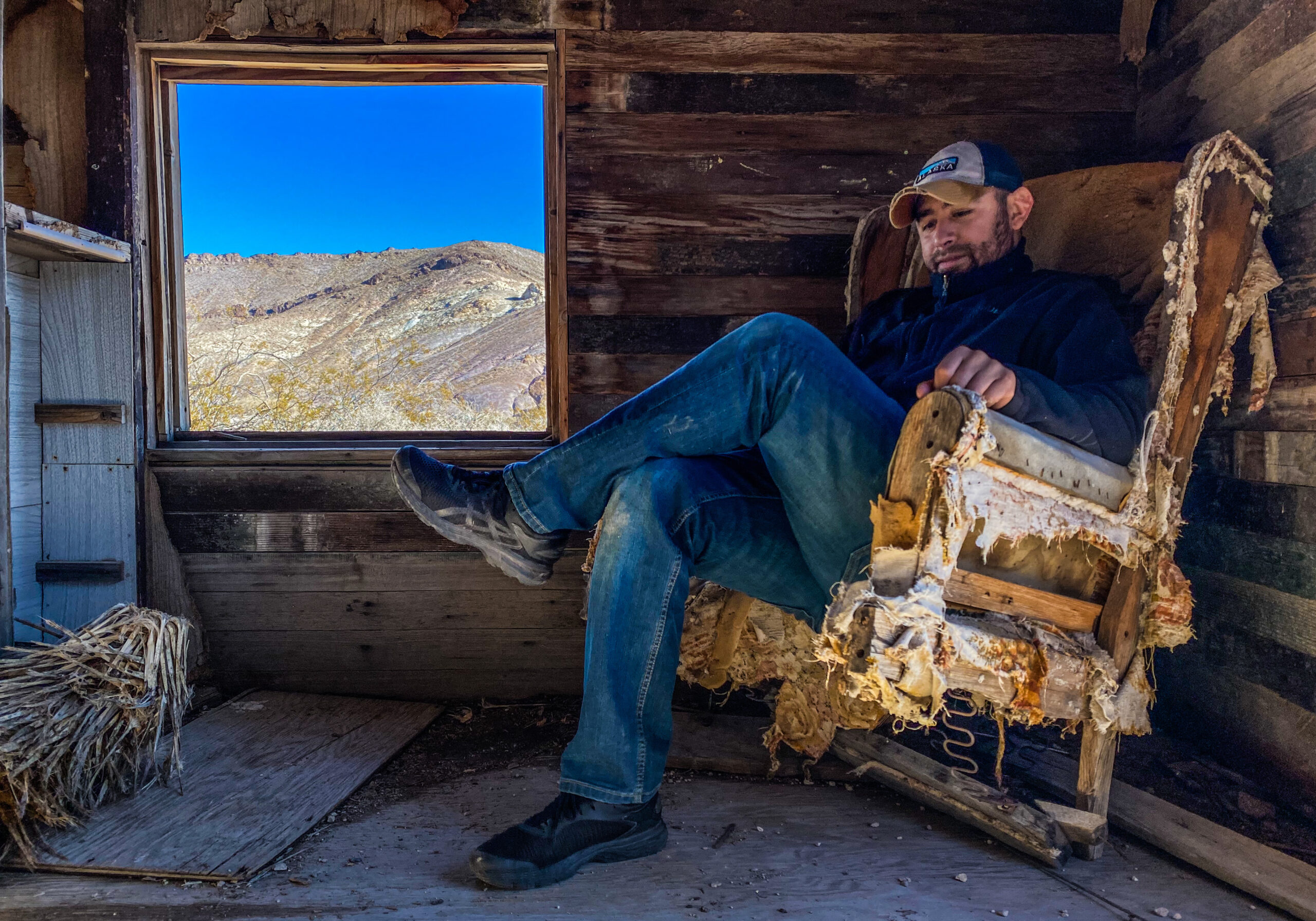RHYOLITE GHOST TOWN – A VISIT TO REMNANTS OF THE PAST
The state of Nevada is known as the “Battle-Born State” due to it joining the Union on October 31, 1864, a few days before the presidential election guaranteeing Abraham Lincoln’s reelection during the American Civil War.
Nevada quickly earned another nickname, which is lesser-known. In the 19th century the discovery of various minerals, especially silver, earned Nevada the name “the Silver State”. This mineral rush sprung many boom towns all over the desert landscape.

As the 20th century came along, many of the boom town’s populations started to decline and many abandoned and left Nevada with many ghost towns for adventurers to visit. Today I explored Rhyolite, a historic mining town that was founded in 1905 which quickly declined after the gold dried out in 1910.
Rhyolite is considered the entry point to Death Valley from the eastern side of the National Park. Here are some things you can see and explore.
THE LAST SUPPER OF GHOSTS
As you drive up to the Rhyolite you will encounter a parking area next to a tiny museum and some art exhibits. The centerpiece of this open-air art exhibit in this ghost town is the artwork from Albert Szukalski. The artist named his art pieces “ghosts”, but this one is named The Last Supper.

Szukalski, who is a Polish-Belgian, traveled to Nevada in 1984 to construct life-sized ghosts positioned to mimic Leonardo Da Vinci’s Last Supper. It is a contemporary sculpture that was created by draping plaster-soaked burlaps on models until they dried enough to stand on their own.
GIANT MINECRAFT LADY
Another piece of artwork that stands out to the right of the Last Supper towards the hill is a giant statue named “Lady Desert: The Venus of Nevada”. This art piece was constructed by Belgian artist Dr. Hugo Heyrman in 1992.

The artwork is based on Dr. Heyrman’s inspiration of 2-dimensional art made from computers. His vision is to pixelize a nude woman by using cinder blocks. I personally first thought it was a mine craft inspired sculpture. I guess I was wrong.
RUINS OF MAIN STREET
Amongst this deteriorating town, you can drive down the main road where you can see some of the last standing buildings that are left of the town.

From the main road you can see a store that was built by the Porter Brothers where they sold mining supplies and food. The two large windows the building once had are still visible as a frame staring into the main street.
The tallest building in the town, which is still standing, was formerly the Cook Bank. When you look at this building and its surroundings it is hard to imagine that a town of about 10,000 people stood there.

RAILROAD STATION
This Spanish-style building is not the governor’s mansion, but a railroad station that was built in 1906. When the town’s population declined the building was turned into a casino and bar around the 1930s. Unfortunately, it is fenced off and you can not explore inside of it.

AN ABANDONED HOUSE
As this is my first ghost town to explore I found it interesting to enter this house that was still standing. Inside of it was a fireplace that was falling apart, an old mattress and a rotted sofa chair. The main photo of this post was taken there.

Behind the house was another home like structure made out of wood with some of the planks hanging by a nail which the wind was swinging back and forth like a pendulum.

CONCLUSION
The quietness of standing in silence and seeing these buildings made me wonder how life out here was. It is interesting to stand in a town that relied heavily on a mineral that was quickly depleted and destroyed many hopes and dreams in search of wealth.

Overall this ghost town could be a fun place to stop by while driving from Las Vegas to Reno or Carson City. I recommend this stop to break up the drive.
What are your favorite places you have stopped at in the middle of nowhere?












